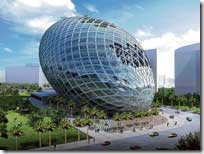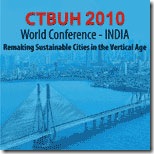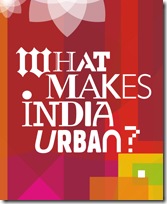A great concept that can be used by Indian cities to compare their carbon footprint.
Green.view >> Urban metabolism
Sep 28th 2009 From Economist.com
Cities can learn from comparing their carbon footprints
HOW and why do greenhouse-gas emissions differ between cities? Since more than half of the world’s people now live in such metropolitan areas, that is an important question. If the worst could copy the habits of the best, climate change might be slowed significantly.
To address this question a team of researchers led by Christopher Kennedy of the University of Toronto has compared the emissions of ten conurbations. Four were in North America (Denver City and County, Los Angeles County, New York City and the Greater Toronto Area). Four were in Europe (Barcelona City, the Canton of Geneva, the Greater London Authority area and the Greater Prague Region). The other two were in Asia (Bangkok) and Africa (Cape Town).

Dr Kennedy and his colleagues tried to quantify the contributions of heating, transport and waste disposal, among other things, to the emission of greenhouse gases in each of these cities, and to calculate the emissions per person that resulted. They also included in their calculations some emissions that took place outside the city limits, such as those associated with the production of fuel that was consumed in the cities in question.


